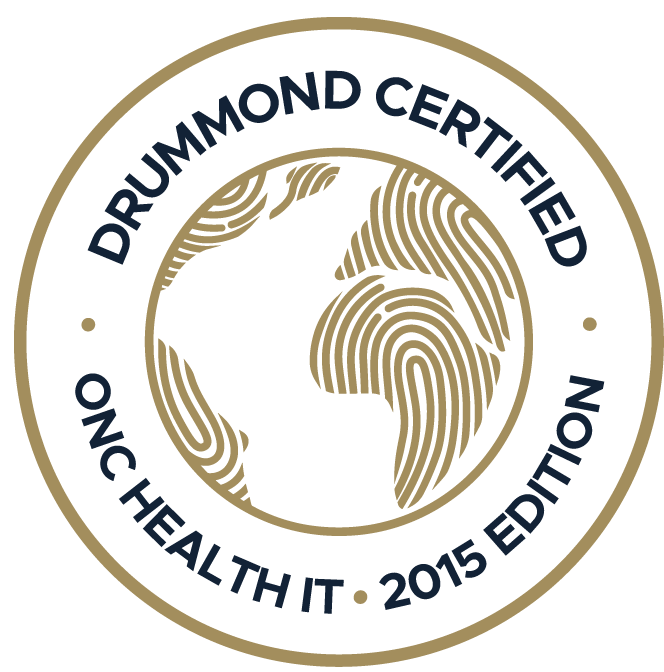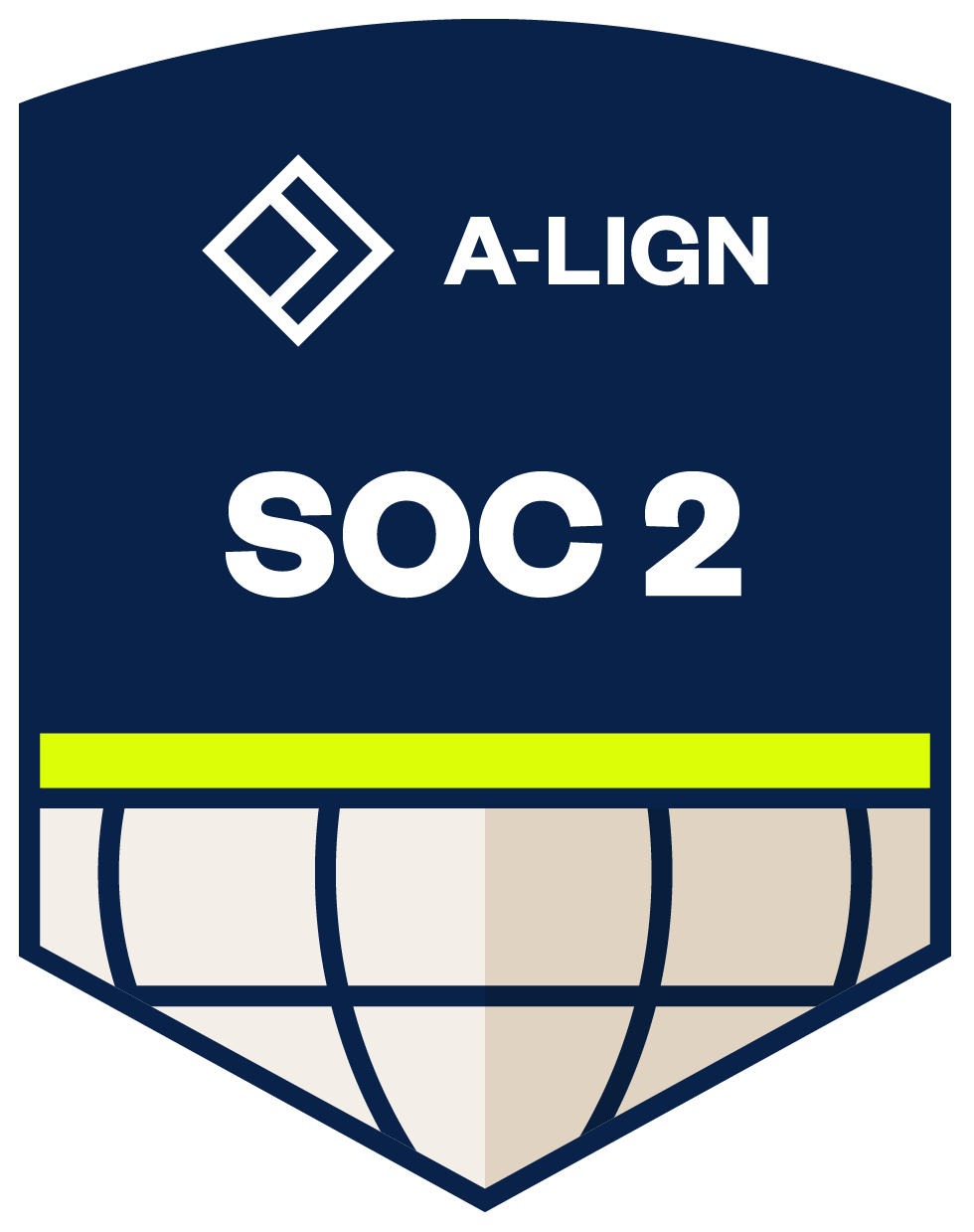Fighting the urge to interact more with patients when you’ve to write notes is frustrating. And you’re not the only one to feel this way. It’s a common issue.
Fighting the urge to interact more with patients when you’ve to write notes is frustrating. And you’re not the only one to feel this way. It’s a common issue.
In our internal study, 29 physicians using our AI Scribe to fight the same problem reported a 56% jump in patient time, just by automating their medical notes. Doctors are now reclaiming their time lost to wrist-wrecking writing during patient visits through automated notes.
From voice-to-text scribes to ambient clinical intelligence, this new wave of digital health innovation has become a rising trend in 2025. AI for doctors is a shift toward structured, accurate note generation that fits into existing clinical workflows (without needing any extra training).

Read on as we explain how AI medical documentation is giving EHRs an upgrade, cutting admin time, and helping providers talk more to their patients!
Key Takeaways
- Manual note-taking is a major time sink for doctors. It has been one of the top contributors to longer hours and higher burnout.
- Clinicians using AI medical documentation tools, like AI scribes, report faster charting and less stress overall.
- Practice EHR’s AI Scribe is increasingly becoming the top choice among doctors across the US for automating medical notes.
Why Not Automating Medical Notes is a Problem for Doctors
If you're a healthcare provider, it’s obvious that you didn’t sign up to be a full-time data entry clerk. Yet that's what many days can feel like. Endless clicking, typing, and hunting through EHR menus. Manual note-taking is a major source of burnout and workflow disturbance. And with clinical demands rising, that burden only gets heavier.

Documentation has become one of the biggest time sinks in modern healthcare. Here’s what that means for you, your patients, and your peace of mind!
● Traditional EHRs have failed at easing note-taking
EHRs became popular because they were believed to promote clinical workflow automation. Instead, they’ve become the digital equivalent of paperwork purgatory. Here’s what recent studies show:
- A 2025 review found the average usability score of traditional EHRs sits at just 45.9/100 (bottom 9% of all software).
- For every 1-point drop in usability, physicians are 3% more likely to burn out.
And that’s before you factor in the annoying workflows, slow loading times, and repetitive clicking. When your EHR makes documenting harder than diagnosing, it’s no surprise more providers are turning to automated notes and AI charting tools to keep their sanity intact and save time.
● Manual note-taking eats into your patient time
Documentation was never supposed to cost you patient time, but for most doctors, it now does. Studies say:
- 70% of physicians report EHR-related stress.
- Doctors with longer manual notes spend 39% more time on documentation compared to peers with shorter ones.
- Late-night catch-up isn’t helping either. Working on EHRs at home increases burnout odds by nearly 2x.
The truth is, every extra minute spent documenting is a minute taken from your patients (or your personal life). That’s why tools like voice-to-text scribes, AI medical documentation, and ambient clinical intelligence are now a must-have for doctors who want to use their time wisely by shifting to automated notes.
● Burnout is costing you more than just your energy
Burnout has emotional weight. But it also has quite serious financial and clinical costs. Studies estimate:
- Burnout affects 44% of physicians, and up to 80% in high-stress departments.
- It costs over $4 billion annually, from staff turnover to medical errors.
- In Canada alone, physicians lose 18.5 million hours annually to administrative tasks (something that can be avoided). That’s enough time for 55.6 million patient visits.
This can’t be ignored for long. The documentation overload is a silent crisis in healthcare. And medical scribe AI is one of the most promising fixes available on the market for automated notes (and it’s affordable, too).
Are AI Scribes the Solution to Charting Burnout?
If you’ve ever wished for an extra pair of hands (or your clone) to handle your notes during visits, there are thousands of others who share the feeling. The rise of medical scribe AI is turning that wish into reality. Backed by results and cutting-edge technology, such AI solutions promise to cut down your charting load without compromising quality.
We’ve talked to our clients who say (and research agrees) that AI scribes have turned out to be a blessing for doctors who have been trying to shift to automated notes.
● Voice-to-text transcription can automate charting
AI scribes are fast and fluent in your language. Some even offer multilingual support (like Practice EHR’s AI Scribe that can transcribe in over 20 languages). Thanks to advancements in NLP in healthcare, these tools can listen to patient-doctor conversations and instantly generate structured, automated notes. That means by using AI scribe:
- You no longer need to have after-hours catch-up sessions.
- You no longer need to write notes during visits.
- You get accurate AI medical documentation as you speak.
This is a result of the emerging ambient clinical intelligence that can now even recommend ICD and CPT codes at the end of the session. So, an AI scribe can be more than just one of the smart EHR tools. It can be your clinical assistant!
● AI scribes are smart and have shown incredible accuracy
Fast scribing could be the number 1 reason you want to turn to AI today. But what about accuracy? That’s something you can’t compromise on. The good news is that modern speech-to-text medical AI tools (like AI Scribe from Practice EHR) deliver both. Our clients have reiterated this over and over again in our conversations, and the latest research agrees.
For example, a 2025 study showed automated clinical notes scored 4.20/5 vs. human’s 4.25/5 using PDQI‑9 metrics. That’s almost unnoticeable when it comes to automated notes. But it’s more than automating notes. It’s smart AI charting that understands context, recommends ICD and CPT codes, and works with you as your clinical assistant.
● Doctors say automated notes can reduce burnout and increase patient time
Most doctors agree across multiple studies that AI scribes are their top choice for reducing burnout. Here’s what the numbers show:
- In a February 2025 study, ease of documentation jumped by 6.91x.
- The same study concluded that medical notes got done 4.95x faster.
- And in our own internal Practice EHR survey, doctors saw a 63% drop in stress related to documentation and 56% increase in patient time.
So, AI scribes can solve two major problems for doctors today: increasing burnout and less patient time. That means AI for doctors is heading in the right direction by shifting to automated notes, and its adoption will only grow.
Should You Use AI for Automating Notes?
If you’re sitting at your desk wondering if it’s time to bring in an AI assistant for your notes, you’re thinking in the right direction. Thousands of healthcare providers are asking the same question.
Here’s how to figure out if your practice is ready for AI medical documentation and clinical workflow automation!
● The litmus test for AI scribe adoption
AI charting is not a temporary trend that every doctor is talking about. It was developed in the first place because a doctor sitting in their clinic was fed up with manual note-taking. But will it work for you? Start by asking yourself:
- Are your doctors spending over 2 hours a day just documenting?
- Is documentation fatigue slowing down your patient flow or hurting visit quality?
- Are manual entry errors putting your team at risk of compliance gaps?
As mentioned before, a single point drop in EHR usability raises burnout risk by 3%. That’s a lot of emotional and operational cost. If your staff is feeling pressured, automated notes could be the release valve they need.
● Try AI scribe before making it a part of your workflow
It’s totally okay if you’re not sure whether your practice is ready to bring AI in. AI for doctors doesn’t have to be all-or-nothing.
Many AI tools today integrate effortlessly with your existing EHR systems. You can pilot voice-to-text scribes in just one department (like urgent care or primary care). Then, look for results like automated notes quality, satisfaction, and documentation efficiency tracking over 30-60 days.
One Dutch study showed that physicians using an AI scribe for automated notes had shorter documentation times without compromising quality. See if your team can achieve similar results. Once satisfied, you can make AI scribe a part of your clinical workflow automation.
Practice EHR AI Scribe - Top Choice For Automating Medical Notes Among Providers!
Manual note-taking has long been a major burnout fuel. From hours lost to typing, to rising documentation errors and lagging workflows, the need for a better solution was always there. And doctors now have that solution: Practice EHR’s AI Scribe.
AI Scribe for automated notes is a perfect mix of AI charting, voice-to-text scribe technology, and ambient clinical intelligence to help doctors provide better care. With structured automated clinical notes, secure AI medical documentation, and seamless clinical workflow automation, you can finally upgrade your practice.
Request a free demo right now (it’s easy, quick, and fun) and see why Practice EHR is leading the future of AI in EHR, and why it is the all-in-one clinical assistant you need!
FAQs
AI scribes use voice-to-text and NLP to turn your patient conversations into structured notes automatically.
Yes! Most doctors using AI scribes for automated notes report faster documentation and less after-hours charting. It can make a huge difference for doctors who are bogged down by manual charting.
If you're using trusted platforms like Practice EHR, then yes! AI scribes are designed with HIPAA compliance and patient privacy in mind.
Topics: Patient Care, Small Practice, EHR Solution, Specialty-Specific EHR, digital age, HIPAA Security, Telemedicine, Industry Update, Medical Billing, Medical billing services, EHR, Psychiatry EHR, AI Solutions, Automated Health Tools
RECENT POSTS



TOPICS
- EHR Solution (191)
- EHR (124)
- digital age (117)
- Patient Care (116)
- Medical Billing (110)
- Specialty-Specific EHR (110)
- Industry Update (97)
- Technology in Healthcare (84)
- EHR Features (79)
- Small Practice (77)
- Medical billing services (72)
- Integrated EHR (62)
- HIPAA Security (61)
- RCM (61)
- New Technology (44)
- Cloud-based EHR (43)
- Telemedicine (42)
- Healthcare Office Management (40)
- Practice EHR News (38)
- Kiosk (31)
- Revenue Cycle Management (28)
- AI Solutions (23)
- ePrescribing (21)
- AI Scribing (16)
- Best EHR Software (15)
- EMR (12)
- Practice Management Software (11)
- Client Favorites (10)
- Practice Automation (10)
- TeleVisit (10)
- The ONE (10)
- AI-powered Medical Billing (9)
- Switching to New EHR (9)
- AI EHR (8)
- MACRA/MIPS (8)
- Patient Portal (8)
- Urgent Care (8)
- AI Scribe (7)
- EHR Integration (7)
- Psychiatry EHR (7)
- E-Prescribing (6)
- Product Updates (6)
- events (6)
- AI scanning (5)
- Best EHR Practice (5)
- MIPS (5)
- Automated Health Tools (4)
- HIPAA (4)
- Insider (4)
- Internal Medicine EHR (4)
- MIPS Reporting (4)
- Mobile EHR (4)
- Orthopedics EHR (4)
- Podiatry (4)
- Podiatry EHR (4)
- Telehealth Platform (4)
- Chiropractic EHR (3)
- Digital Experiences (3)
- EHR Flaws (3)
- EHR Implementation (3)
- EHR for Chiropractors (3)
- EHR for Small Practices (3)
- Family Medicine EHR (3)
- Patient Check-in Kiosk (3)
- PracticeEHR GO App (3)
- Regulatory Updates (3)
- Telehealth Platforms (3)
- Clearinghouse (2)
- Dermatology EHR (2)
- EHR Scheduling (2)
- Eligibility Verification in Medical Billing (2)
- Foot and Ankle Care (2)
- Foot and Ankle EHR (2)
- Health records 101 (2)
- Integrated Practice Management (2)
- Medical Credentialing (2)
- Medical Practice Management Software (2)
- Quality of Patient Care (2)
- Reporting Under MIPS (2)
- Risk and Liability in Medical Settings (2)
- What Works Clearinghouse (2)
- AI Scan (1)
- Bariatric EHR (1)
- Behavioral Health Practices (1)
- Billing Communication (1)
- Billing for Private Practices (1)
- Cardiology EHR (1)
- Cash Flow (1)
- Cashless Payments (1)
- Charting (1)
- Data Security (1)
- Dos and Don'ts (1)
- EHR Guides (1)
- EHR KPIs (1)
- EHR Questions to Ask (1)
- EHR Transition (1)
- EHR for Chronic Illness (1)
- EMR vs EHR Difference (1)
- ENT EHR (1)
- Endocrinology EHR (1)
- Family Medicine (1)
- Gastroenterology (1)
- Gastroenterology EHR (1)
- General Surgery EHR (1)
- Geriatric AI scribe (1)
- Geriatrics EHR (1)
- Guides (1)
- Healthcare Compliance Certification (1)
- Healthcare Practice Office Management (1)
- Help Center Videos (1)
- Insurance Reimbursement (1)
- KPI (1)
- Key Performance Indicators (1)
- Lab Processing (1)
- MACRA (1)
- Medical Billing Partner (1)
- Medical Coding Services (1)
- Multilingual AI Scribe (1)
- Nephrology EHR (1)
- Neurology EHR (1)
- Pain Management EHR (1)
- Pediatrics EHR (1)
- Physical Therapy EHR (1)
- Practice Cash Flow (1)
- Practice Efficiency (1)
- Pulmonology EHR (1)
- Reconsider Your EHR (1)
- Simplify Practice Management (1)
- Staffing in Healthcare (1)
- Switch Medical Billing Providers (1)
- Urgent Care Medical Billing (1)
- Urology EHR (1)
- Voice-Activated AI Scribe (1)
- insurance claim denials (1)



.webp)



